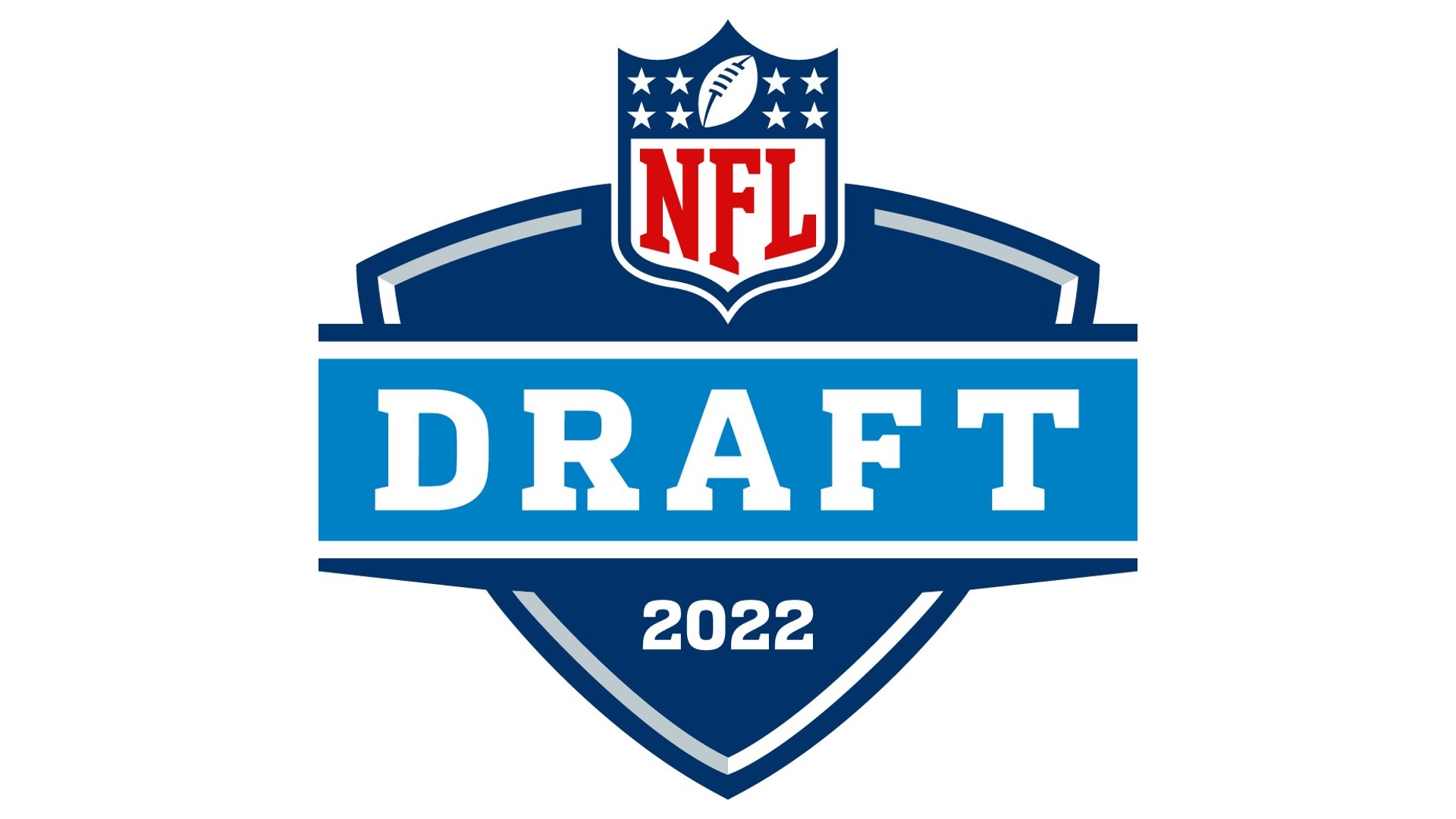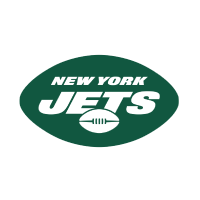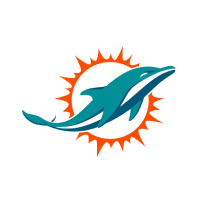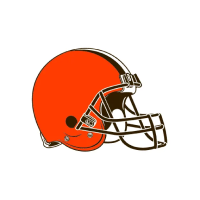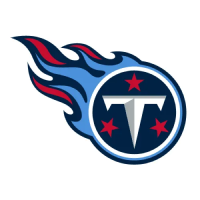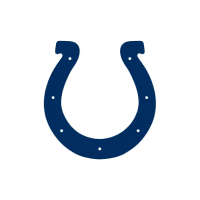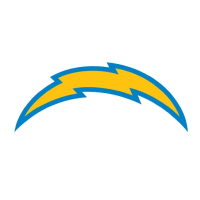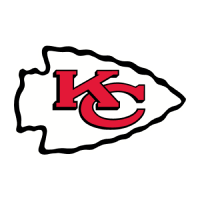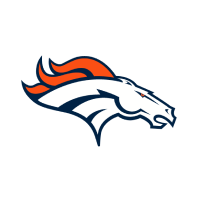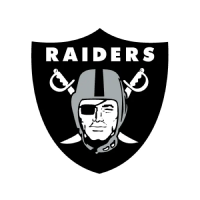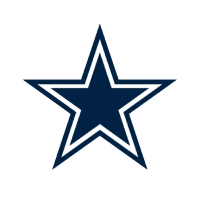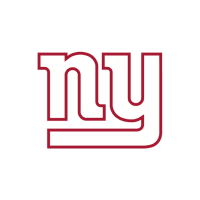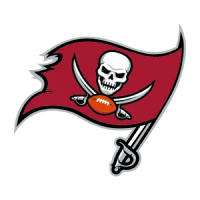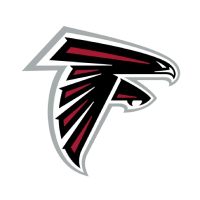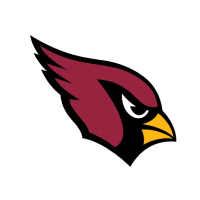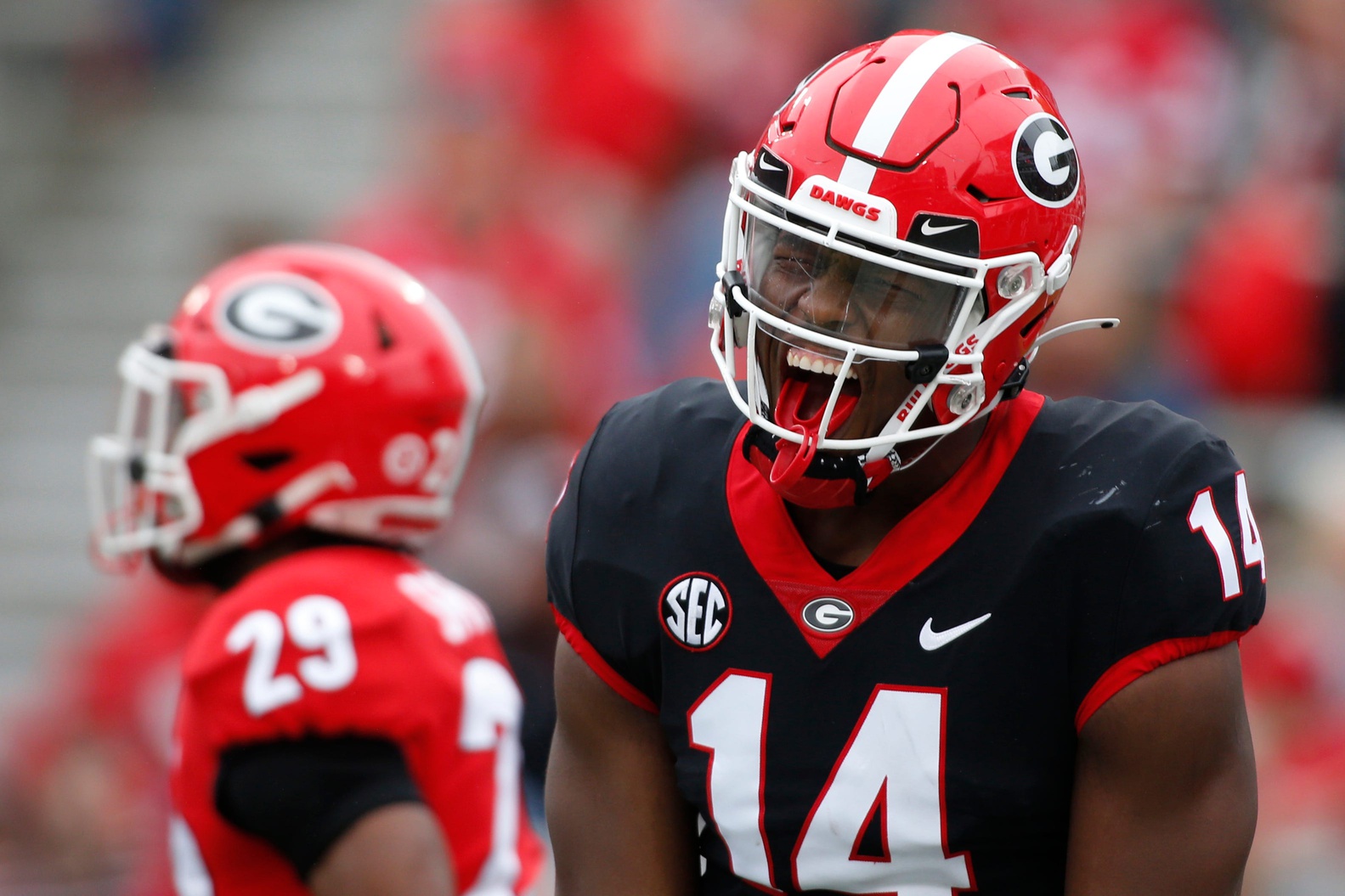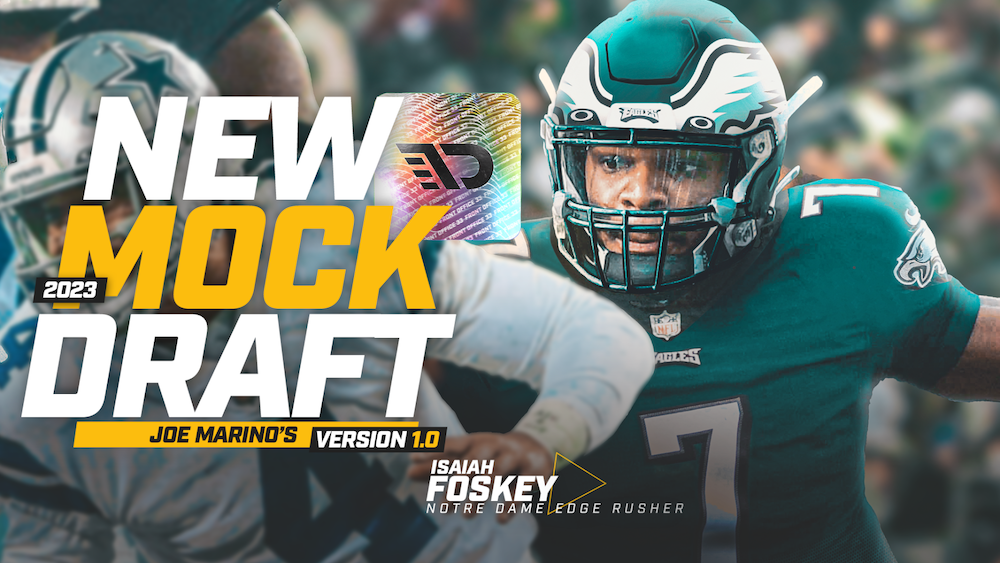For anyone new to the family here at The Draft Network, Contextualized Quarterbacking is an annual project I put together for TDN Premium subscribers. In Contextualized Quarterbacking, I chart the significant draft-eligible quarterbacks across their final seasons, tagging each dropback with a ton of situational features that allow us to understand their game at more specific and situational levels.
Each throw is graded both for Accuracy and for Ball Placement. Accuracy is a general metric for catchable passes—an accurate pass is a catchable pass—while Placement scores take more details into account: maximizing YAC opportunities, protecting the wide receiver from unnecessary hits, and protecting the ball from being played on by the defensive back. Throws are also charted relative to depth and passing direction, to understand how target distribution affects accuracy scores for each quarterback. It’s harder to throw deep!
Contextualized Quarterbacking helps us understand what each college offense asked of their quarterback, which gives us an additional tool for projecting these passers to the pros. When we understand their college offense, we can better identify those skills that will translate to the pro level, and accordingly, project the ideal scheme fits for each player.
Contextualized Quarterbacking was initially created to help answer some of the questions surrounding the 2018 quarterback class: how RPOs affected Baker Mayfield’s production; if Lamar Jackson could handle NFL concepts; how inaccurate Josh Allen really was. All of these concerns are significant in Mac Jones’ profile.
Jones ran a completely fake offense in Alabama. In my first season charting RPOs and play-action, no quarterback benefitted more than Jones, who was also a screen-heavy YAC monster. Jones rarely saw pressure behind the Alabama offensive line, despite the fact that the BYU offensive line gets most of the gas, and when he saw it, he struggled behind it. Jones played in the friendliest offense in all of the country last season, and accordingly has an evaluation that presents expected drop-offs in efficacy, especially when his athletic ceiling is considered.
TARGETS
| Left | Middle | Right | |
|---|---|---|---|
| 20+ | 4.8% | 6.4% | 3.6% |
| 10-19 | 2.6% | 19.7% | 4.1% |
| 0-9 | 6.9% | 19.4% | 3.8% |
| <0 | 5.9% | 16.9% | 5.9% |
YARDS
| Left | Middle | Right | |
|---|---|---|---|
| 20+ | 8.7% | 14.6% | 8.2% |
| 10-19 | 2.8% | 20.0% | 4.4% |
| 0-9 | 4.9% | 16.9% | 2.6% |
| <0 | 2.2% | 12.1% | 2.6% |
The Alabama passing offense was more downfield than the screen and RPO heaviness would suggest. On play-action drops, Alabama leveraged their elite cadre of wide receivers into a mess of complicated man-beating concepts that unsurprisingly have Kyle Shanahan interested in Jones as his quarterback—they were grafted right out of the Atlanta playbook from a few years ago. Jones has a pretty deep ball and can throw with great anticipation on deep-breakers, so he took advantage of that space swimmingly—but things simply won’t be so easy in the league.
ACCURACY
| Left | Middle | Right | |
|---|---|---|---|
| 20+ | .909 | .875 | .917 |
| 10-19 | .833 | .958 | .875 |
| 0-9 | 1.000 | .955 | 1.000 |
| <0 | .960 | 1.000 | 1.000 |
PLACEMENT
| Left | Middle | Right | |
|---|---|---|---|
| 20+ | .636 | .625 | .583 |
| 10-19 | .625 | .604 | .563 |
| 0-9 | .538 | .705 | .813 |
| <0 | .780 | 1.000 | .767 |
The idea that Jones was a uniquely accurate quarterback is a product of his offense’s success and the talent of his wide receivers. While Jones threw a very catchable football, he often demanded adjustments from his wide receivers at the catch point; all targets beyond the line of scrimmage showed acceptable, but not uniquely impressive accuracy. His predecessor, Tua Tagovailoa, who was also the beneficiary of a tremendous supporting cast, was more detailed with his placement beyond the line of scrimmage.
Filed In
Related Articles
NFL Draft
Arik Gilbert Doesn’t Need Big Workload To Be A Top NFL Draft Pick
- Aug 22, 2022
NFL Draft
2023 NFL Mock Draft: Marino 1.0
- Aug 22, 2022
Written By
